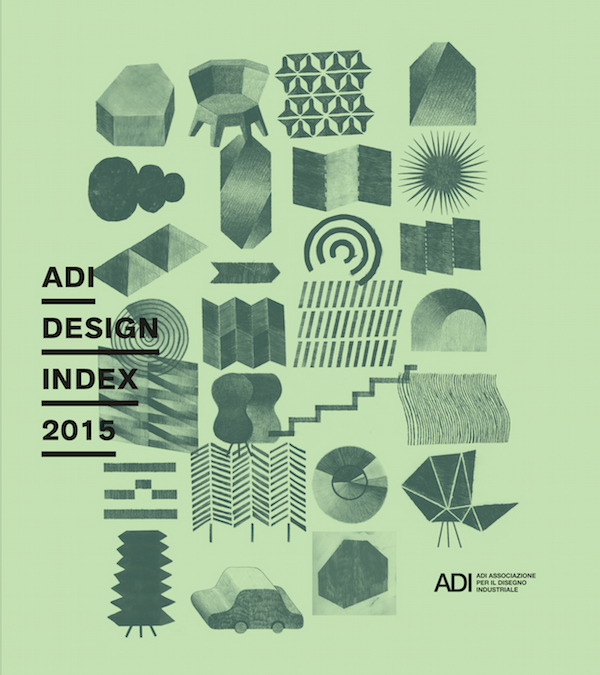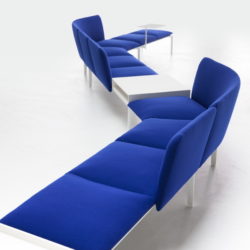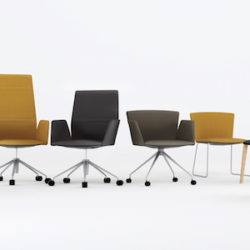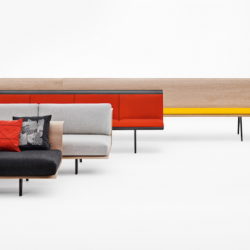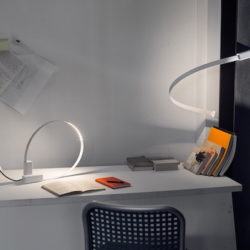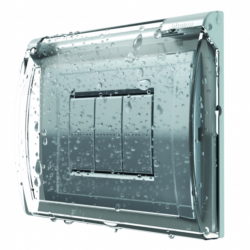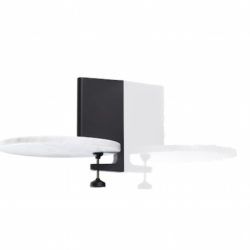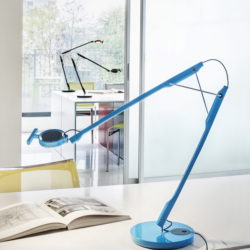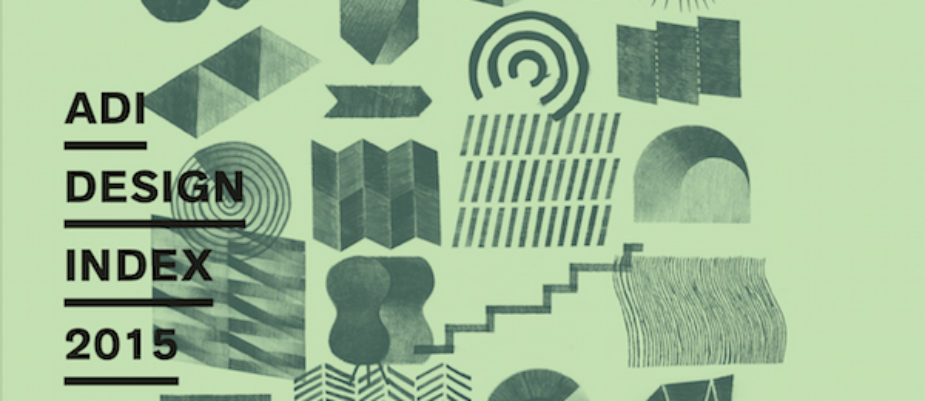
ADI Design Index 2015 was published: the annual review of the best in Italian design as selected by ADI, the most authoritative and the leading design association. A rigorous selection from the758 products submitted for this year’s selection only150 have been chosen to be entered for the next ADI Compasso d’Oro, for which the ADI Design Index is the preselection. Added to these products are 23 projects by students “theTarga Giovani” and which are the best examples of how future designers are being trained in Italy.
The annual selection ADI Design Index is carried out by a special working group, the Permanent Design Observatory: throughout the whole year and region by region, over one hundred experts (including external ADI members) choose the best design products from each year to be submitted for publication and display in the exhibitions organized in Milan and Rome.
This year what stands out immediately at first glance is the presence of a new subject area, Food design. This is the consecration, in the year of EXPO, of a theme to which design has dedicated increasing attention in recent years. Roberto Verganti quotes “ With regard to other areas, the dynamic is relatively stable. Design for living continues to carry the lion’s share, with 53% of applications, and an essentially stable progression compared to the past. This stability is confirmed if we widen our view to cover the entire area of the “hard” products (Living, Mobility, Person, Work, etc.) which since 2013 represent about 75% of applications. At the same time, this means that “softer” design (Research, Publishing, Communication and Services), is not growing (in fact, there is a slight decline, especially visible in design for Social)”.
“Although down from the last Index, Social Design through the processes of social innovation and Corporate Social Responsibility reflects the maturity of sophisticated consumers who inevitably push design to a reconciliation with the basic premises of the discipline: always to be on the side of the human being, in his or her physical, psychological, social and ethical completeness. Social Design is inevitably bound to the context of Environmental Sustainability that for the first time in this Index indicates those products and services that place environmental issues (and, indeed, social) as a basis for production, commercial and planning activities among the fundamental approaches” wrote the curators Antonio Macchi Cassia, Carlo Martino, César Mendoza, Alceo Serafini e Francesco Zurlo.
Sustainability is a strong value in ADI Design Index and “Designers, therefore, are no longer asked to dream a new reality and then design it. In such a situation, what role can design and designers play within the system of production of unsold consumer goods that clog up the shelves of companies, shops and shopping centres? asked Roberto Marcatti e Giuliana Zoppis.
“Italian design has always been distinguished by its ability to put man at the centre of design – man with all his needs and desires, but also with all his limitations..said Luciano Galimberti in the introduction ”With market globalization there is one single market operative across the planet……Therefore Italian design is the planetary Esperanto not only of products but also of the values represented by Made in Italy… Italian design is able to envisage innovative, technically advanced and responsible solutions but that are also understandable and able to “give a perspective view.”
A suggestion and a challenge by the curators: “The Italian design system, which through the ADI Design Index is expressed annually, is still in a state of prevalent self-reference, …The objective that the Index must be setting itself, therefore, is to attract the interest of other stakeholders who are potentially interested in design as a strategic lever for systemic, social and product innovation”.
Title book: ADI Design Index 2015.
Publisher: ADI, Associazione per il Disegno Industriale.
Price: 30 euro. Italian and English texts 384 pages with color pictures.
In the pictures: cover ADI Design Index 2015 and some of the selected products.
Add. Sistema di sedute. / Seating system. Designer: Francesco Rota. Lapalma.
Hub. Tavolo da ufficio. / Work station table. Designer: Matteo Ragni. Fantoni.
Vela. Sedute. / Chairs. Designer: Lievore Altherr Molina. Tecno.
Zinta. Seats. Designer: Lievore Altherr Molina. Arper.
Fluida. Table lamp. Designer: Studio Natural. Martinelli Luce.
Idrobox. Electrical connection cover. Design office BTicino. BTicino.
Spike. Shelf system. Designer: Konstantin Grcic. Magis.
Tivedo. Desk lamp.Designer: Sebastian Bergne. Luceplan.

2 Km di Futuro. Urban regeneration. Designer: Enrico Loccioni. Gruppo Loccioni.
